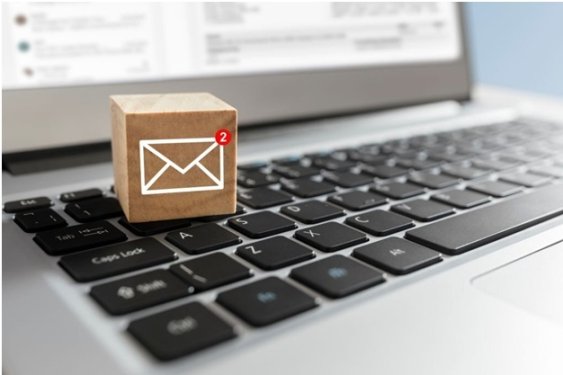Direct mail has been a traditional medium of fundraising for nonprofits. However, with the rise of digital fundraising, it has faced some criticism as being outdated. But in this article, I have emphasized the importance of direct mail in nonprofit fundraising, especially when combined with digital methods. Here, we explore why direct mail still works and how it can be integrated into nonprofit fundraising.

Table of Contents
The Importance of Direct Mail in Nonprofit Fundraising
Direct mail is an effective way to raise funds for nonprofits. Even though the average donor age is said to be 62 years old, direct mail can still work with younger donors. In fact, politicians still send direct mail campaigns, which shows that this medium still works. Moreover, direct mail provides longevity, which digital methods lack. Direct mail pieces can stay in a donor’s home for a while, which can act as a reminder for them to donate.
Integrating Direct Mail with Digital Methods
Direct mail and digital methods have different strengths that can complement each other. Digital methods can provide immediacy that direct mail cannot, while direct mail can provide longevity. Therefore, combining the two can lead to a more effective fundraising strategy.
Designing Effective Direct Mail
When designing direct mail pieces, simplicity is key. A simple design with large fonts and limited complex sentences can increase donor readability. For instance, the Arizona Center for the Blind and Visually Impaired used larger fonts in their direct mail campaign for their audience. Additionally, white space and big pictures can help with retention for pieces that aim to make money. Eye tracking studies have also shown that people often read the names of the letter sender, receiver, and the P.S. before donating.
In fact, handwritten non-profit direct mail can add a personal touch that digital communication simply cannot replicate. Sending a handwritten letter or note can create a more intimate connection between the donor and the organization, showing them that their support is valued and appreciated.
Handwritten letters can also stand out in a pile of other mail, grabbing the attention of the recipient and encouraging them to read on.
Data Hygiene in Direct Mail
Keeping data clean is essential for direct mail fundraising. Data hygiene should be done continuously throughout the year to ensure the database is accurate and up-to-date. This includes checking addresses, removing duplicates, and correcting any errors. Nonprofits should aim to mail at least six to eight times a year, with year-end appeals being particularly crucial.
Optimizing Ask Strings
Customized ask strings that depend on the donor’s previous gift amount can lead to more personalized fundraising. Tagging the amount to the impact it could make can also encourage donors to give more. Moreover, using ascending ask strings on donation pages can lead to higher donations. However, nonprofits should be realistic and within the realm of the donor’s giving capacity when calculating ask strings.
Measuring the Success of Direct Mail
The success of direct mail can be measured by factors such as the number of responses, the average gift amount, and the cost per dollar raised. Moreover, year-end appeals should have a clear goal, and real data should be used to calculate that goal based on the number of people in a nonprofit’s database.
Direct mail vs. email
Direct mail is more effective than email when it comes to fundraising campaigns, boasting a response rate of 5.1%, compared to email’s less than 1%. Therefore, while digital methods are crucial, direct mail should not be ignored.
Conclusion
Direct mail remains a crucial medium in nonprofit fundraising, even with the rise of digital methods. Combining the two can lead to a more effective fundraising strategy. When designing direct mail pieces, simplicity is key, and data hygiene should be done continuously. Moreover, optimizing ask strings and measuring success can lead to a more effective fundraising campaign. Direct mail is more effective than email when it comes to fundraising campaigns, and nonprofits should aim to mail at least six to eight times a year, with year-end appeals being particularly crucial.




